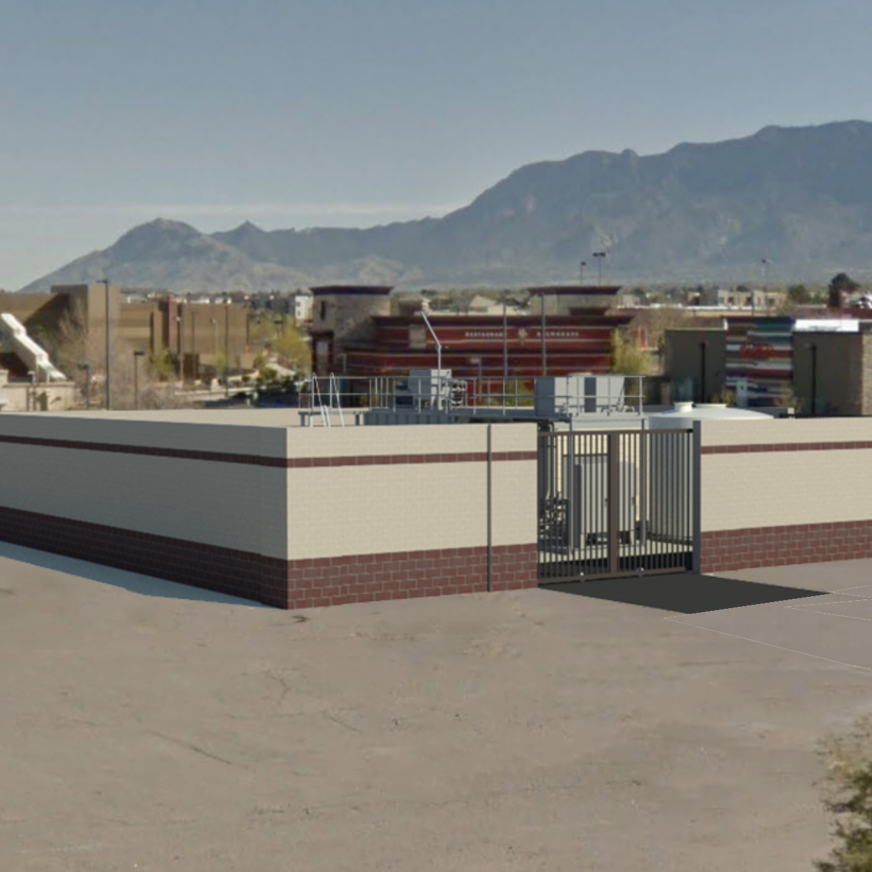Profitability in Digester Gas: The 16-mgd James A. Loughlin, Jr., WWTP
Our Work

Increasing public demands for “green energy,” combined with and economic and regulatory actions in some regions to enact mandatory renewable energy portfolio standards (REPS) are now helping to make waste-to-energy projects increasingly attractive for many facilities. These projects can offer both environmental and economic benefits, compared to the current and most common practice of only capturing biogas energy for process heating and flaring surplus biogas when process heating demands have been meet.
We developed a Lifecycle Cost Analysis (LCA) for two energy recovery alternatives for the purpose of determining which option, energy generation with heat recovery (CHP) or energy generation without heat recovery (non-CHP), would provide the greatest return on investment for CFPUA. The LCA includes an assessment of the following components:
- Facility Capital Cost
- Net Present Operation and Maintenance Costs
- Net Present Value Created
Net present value and benefits were developed for both alternatives, with consideration given to estimating average seasonal heating demands for the anaerobic digestion unit process and the available digester gas production for operation at flows ranging from 10-mgd to 16-mgd. Operating costs and benefits were estimated for both energy recovery system configurations, based on a 20-year straight line increase in flow to the CFPUA James A. Loughlin WWTP.
Both process configurations, non-CHP and CHP, will generate positive economic value based on the lifecycle cost assessment and have an internal rate of return greater than the Owner’s estimated cost of capital (5.5%). Estimated GHG emissions reductions would range from approximately 890 ton CO2 equivalents (tCO2e) per year under current capacity conditions (10 mgd), for a system configured to operate in the non-CHP mode, to approximately 2,670 tCO2e per year under future operating conditions (16 mgd) in a full combined heat and power configuration.
Results of this analysis clearly demonstrated that installation of a full CHP digester gas to energy recovery project would have the higher return on invested capital and simultaneously result in a greater reduction in greenhouse gas emissions than the non-CHP alternative.

Mike Bullard has over 30-years of experience as an engineer in the design, operation, maintenance and process optimization of municipal and industrial water and wastewater treatment facilities.
Related Topics:
Project Outcomes and Benefits
- The recommended process configuration offers CFPUA an incremental benefit-to-cost ratio of 2.40 (i.e., each dollar of invested capital would create $2.40 of present value).
- Utilization of digester gas as a renewable energy power source for electrical power production results in reduced greenhouse gas emissions.




















